Abstract
The field of strategic management has been around since the 1960s when the Design School
1.0 Introduction
Since it’s founding on April 1, 1976 as Apple Computer Co. by Steve Jobs and Stephen Wozniak, Apple Inc. had always sought to do things differently. The “Think Different” slogan and advertisement campaign from 1997 to 2002 was Apple’s immensely successful and long-lived marketing campaign (Hormby, 2007) because the concept personified what Apple is in the eyes of both its loyal and potential customers when compared to traditional computer giants such as IBM and Hewlett-Packard, then and even today.
Apple was voted by BusinessWeek as the most innovative company five years in a row – 2005 to 2009 (World’s Most Innovative, 2007; World’s Most Innovative, 2009a). Fortune voted Apple as the world’s most admired company for 2008 and 2009 (Fortune: World’s Most, 2009). Fast Company voted Apple in 2008 as the world’s second most innovative company, and for 2009, the world’s fourth most innovative company (World’s Most Innovative, 2009b).
In 1984, Apple gave us the highly innovative Macintosh or Mac personal computers with its outstanding and industry leading graphical user interface (GUI)-based Mac operating systems. Apple was also the first to introduce the use of the mouse with a personal computer in 1983. (See Figures 1-1 and 1-2).
Figure 1-1: Pre-1984 Apple Personal Computers
Figure 1-2: Post-1984 Apple Personal Computers
Apple did not limit their vision and creativity to personal computers only, and in 2001 introduced the iPod, and followed by the iPhone in 2007. Since then, both the iPod and iPhone have gained significant market share from competitors, created market niche, and continue to build loyal customers throughout the world. The introduction of the iPod also created the “iPod Generation” culture of digital music entertainment that redefined the economics of acquiring, managing, sharing and enjoying music. (See Figure 1-3).
Figure 1-3: Apple iPods and iPhones
The Apple iPod – a relatively simple device to enable the storage and playback of digital music files – was not the first portable digital music player (a.k.a. MP3 player) to be introduced to the world at large. In the late spring of 1998, a Korean company known as Saehan had launch the MPMan, and it was sold in the United States in two variants by Eiger Labs under the names Eiger Labs MPMan F10 and F20 (Buskirk, 2005). A few months later, another United States
Today, Apple’s nearest competitor is Creative Technology Ltd, a Singapore
Figure1-4: Cumulative Sales (units) of iPods by Fiscal Quarter
Source: Wikipedia - iPod
From the above Figure 1-4, iPod cumulative sales reached 50 million units by the second fiscal quarter of 2006, and 100 million units by the second fiscal quarter of 2007, and over 160 million units by the third fiscal quarter of 2008.
Figure 1-5: Sales (units) of iPod per Fiscal Quarter
Source: Wikipedia - iPod
Figure 1-6: Sales (units) of iPod upto Fiscal Q1 2011
Source: Wikipedia - iPod
For Apple’s fiscal 2009 second quarter i.e. the quarter ended March 2009, amidst the global financial turmoil, Apple reported an increase in revenue by 8.7 percent to USD 8.16 billion on strong sales of iPhones and iPods, compared to USD 7.51 billion a year ago. The USD 8.16 billion revenue beat Wall Street’s average forecast of USD 7.96 billion. Gross Margin increased by 20 percent to USD 2.97 billion compared to USD 2.47 billion a year ago, and Net Profit increased to USD 1.21 billion compared to USD 1.05 billion a year ago (iPhone and iPod, 2009, p. B10). The following Tables 1-1 and 1-2 shows the financial performance of Apple.
The earnings per share for the fiscal quarter ended March 2009 was USD 1.84, well above the USD 1.09 forecasted by Wall Street. For the reported quarter, Apple shipped 2.2 million Mac personal computers – a reduction by 3 percent from a year ago; shipped 11 million iPods (launched in 2001) – an increase by 3 percent from a year ago, and an increase by 123 percent for iPhones (launched in 2007) to 3.8 million units shipped (Strong iPhone sales, 2009, p. B13).
Peter Oppenheimer, CFO and Senior VP, said, “I think in a better economy our sales certainly would have been higher but … we have just reported the best non-holiday quarter in Apple’s history despite the economy that we find ourselves in” (iPhone and iPod, 2009, p. B10).How did Apple achieve so much success with the iPod? How did Apple outmanoeuvre the competition? This paper will attempt to explain the iPod phenomenon from three strategic management perspectives i.e. Industrial Organisation Economics, Network, and Entrepreneurship.
2.0 Industrial Organisation Economics Perspective
2.1 General
Industrial Organisation Economics (IO) perspective deals with the theory and explanation of the behaviour of firms, as a legal entity and within their respective industry groups. In other words, how firms develop and grow. The key concepts of IO perspective concerns imperfect markets: market structure, market performance, and market power.
The market structure determines the market performance, and the firm in the market with a larger market share possesses a stronger market power. In other words, the firm can control or influence price, and thus, able to shift demand. Let us now apply the key concepts of IO perspective to the Apple iPod phenomenon.
IO perspective largely focuses on the market or industry structure, or the attractiveness of the industry in terms of industry rivalry, entry barriers, relationships with buyers and suppliers, and product and/or service substitutes – Porter’s Five Forces (See Figure 2-1) (Porter, 2008, pp. 78 – 93).
One of the major developments of IO was derived from the Structure-Conduct-Performance (SCP ) paradigm or model which focuses on the market or industry and not the firm (Rickard, 2007, p. 71).
Figure 2-1: Porter's Five Forces
2.2 Market Structure
In the Apple iPod case, the music industry in the period 1999 to 2000 was still in the analog technology era and oblivious to advancements in digital information and communication technologies brought about by the Internet boom. Apple recognized the “structural hole” (Burt, 1995) in the market structure and the opportunities it presented in terms of the potential market performance.
2.3 Market Power
A firm with market power possesses the ability to alter or determine market prices. The larger the firm’s market share, the larger or stronger its market power. The market structure often acts as a guide to market power, for e.g. in the highly regulated oil and gas industry, the Organization of the Petroleum Exporting Countries (OPEC) – an intergovernmental organisation representing thirteen oil producing nations possess strong market power. However, there exists opposing forces to market power of firms as shown in Figure 2-2.
Figure 2-2: Market Power - Firm vs. Society
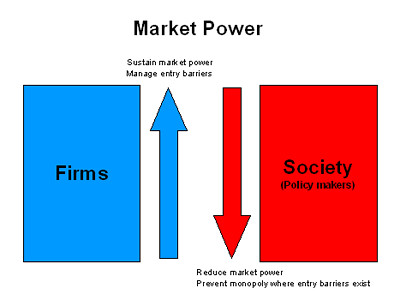
Figure 2-2: Market Power - Firm vs. Society

How is Apple able to price their range of iPods much higher than its competitors since the very beginning of the iPod launch in 2001 when they entered the market after its competitors? How did Apple managed to continue to dictate pricing and yet win so many iPod sales to become the world’s biggest supplier in the digital music player product category, ahead of its closest rival by a 400 percent lead in 2007? (Cohen, 2007; Creative reaches, 2007). The answers lie in how Apple acquires and maintain its market power.
In the iPod line of business, Apple acquires market power from:
§ Legal protection and Strategic alliances
Apple champions the copyright interests of the music labels and recording companies, and the singers or artists they represent. To prevent or minimize the risk of music piracy, Apple uses the Advanced Audio Coding – Digital Rights Management (AAC -DRM) encryption technology to ensure that music purchased and downloaded from its online store iTunes can only be played back on iPods (and Mac personal computers via an iTunes application). Additionally, the music labels and recording companies authorize Apple as the sole supplier of AAC -DRM encrypted songs for the iPod.
§ Product differentiation
Apple, well-known for its innovation, is able to design a super-cool product with ease of use, and further differentiate the product by various form factors and functionality such as the miniature iPod Shuffle and iPod Video models.
§ Advertising and Marketing
Apple’s advertising approach and marketing campaigns have always featured user or human lifestyles, creating psychological images of style, cool & hip, and satisfaction – never on the product and its technical specifications.
Apple maintains its market power from:
§ Vertical relations
Through the market structure, Apple configures its distributor and dealer channels with the “Apple Centre” identity and the channel partners become the sole retail source for Apple products. In this way, Apple regulates the seller – buyer interaction at the point-of-sale to ensure and enforce a high quality customer interaction associated with the “Apple Centre” identity.
§ Reputation
Apple possesses a very positive reputation in its innovativeness and technological leadership in design, functionality and usability of its products and in the subtle creation of the “Apple lifestyle”, for e.g. with the iPod, Apple has created the iPod Generation.
Therefore, the ability of Apple to be in sync with the market or external environment enables it to quickly identify market structure opportunities. Its ability to utilize its resources to build strategic alliances, to innovate, to differentiate and effectively position its products against its competitors in order to acquire market power gives Apple the competitive advantage to shift and manage demand.
Continued in Part 2 . . .
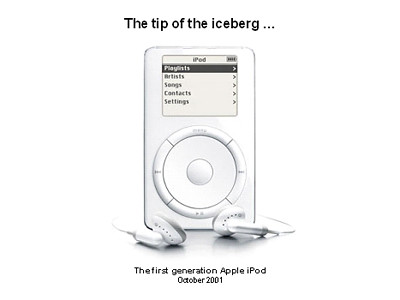
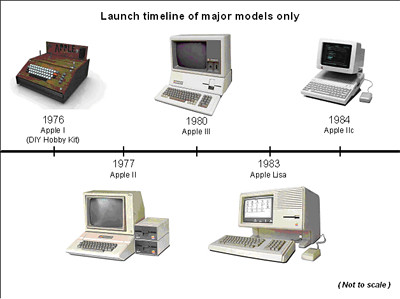

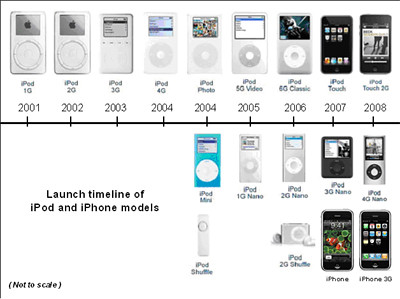
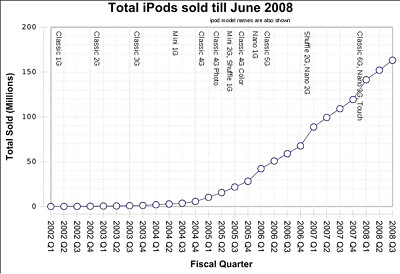
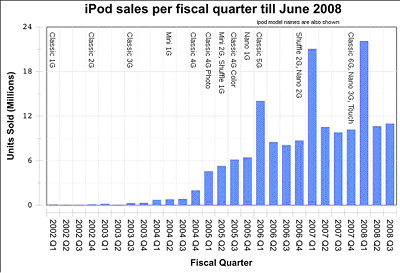
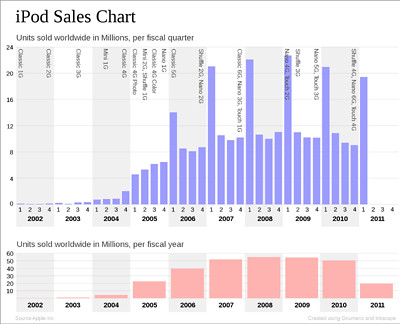

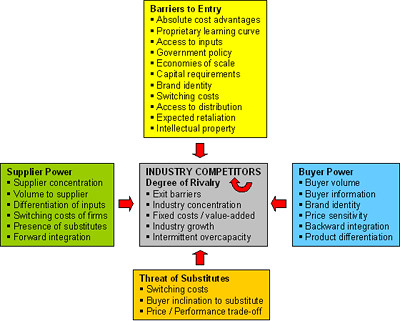
No comments:
Post a Comment